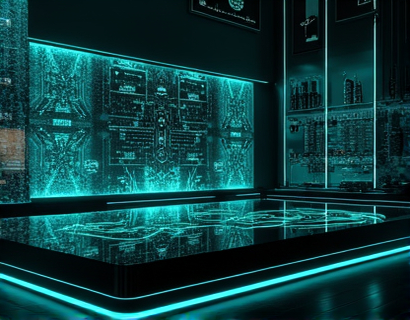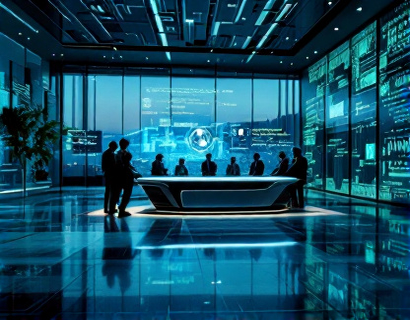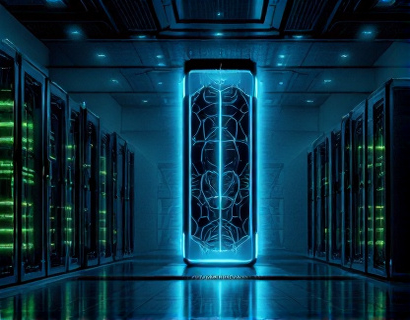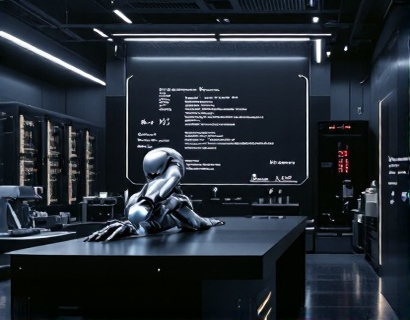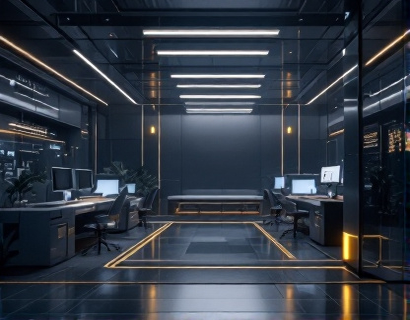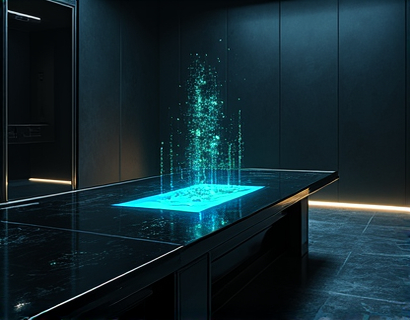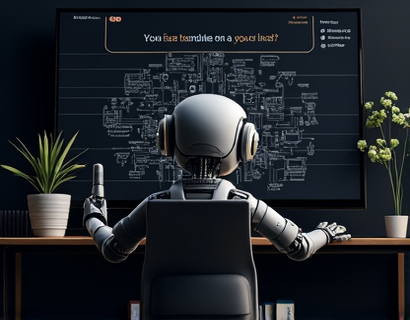Revolutionizing Event Audio-Visual Control with Advanced Hardware Solutions
In the dynamic world of event planning and production, the ability to deliver a captivating audio-visual experience is paramount. Advanced lighting and sound hardware solutions, coupled with sophisticated management software, are transforming the way event planners and production managers approach their craft. This article delves into the intricacies of these technologies, highlighting how they can maximize the audio-visual impact of any event, ensuring seamless integration and optimal performance.
Understanding the Importance of Audio-Visual Control
The success of any event hinges on the quality of its audio-visual components. Whether it's a corporate conference, a wedding, or a music festival, the lighting and sound systems set the tone and atmosphere. Traditional methods of managing these systems can be cumbersome, prone to errors, and challenging to coordinate. The introduction of advanced hardware management software has revolutionized this process, offering unparalleled control and reliability.
Key Features of Advanced Hardware Management Software
These cutting-edge solutions come equipped with a suite of features designed to streamline the management of lighting and sound equipment. Central to these systems is a user-friendly interface that allows for intuitive control and monitoring. Key features include:
- Centralized control hub for all audio-visual devices
- Real-time monitoring and adjustment capabilities
- Pre-programmed scenes and customizable templates
- Remote access and control for on-site and off-site management
- Integration with existing systems and devices
These features collectively ensure that event professionals can focus on the creative aspects of their work, knowing that the technical execution is in capable hands.
Seamless Integration of Hardware Systems
One of the most significant advantages of advanced hardware management software is its ability to seamlessly integrate various audio-visual devices. This includes lights, speakers, microphones, and video equipment. The software acts as a central nervous system, coordinating the operation of all connected devices. This integration eliminates the need for manual adjustments and reduces the risk of human error, leading to a more cohesive and professional presentation.
For instance, a lighting system can be programmed to synchronize with the music's beat or the speaker's words, creating a dynamic and engaging visual experience. Similarly, sound systems can be adjusted in real-time to optimize audio quality based on the venue's acoustics and the number of attendees.
Enhanced Reliability and Ease of Use
Reliability is crucial in the event industry, where downtime can lead to significant consequences. Advanced hardware management software addresses this by providing robust and dependable solutions. These systems are designed to handle the demands of live events, with fail-safes and backup options to ensure continuous operation.
Ease of use is another critical factor. The software is typically designed with a drag-and-drop interface, making it accessible even to those with limited technical expertise. This democratization of technology empowers a broader range of professionals to achieve high-quality results, without the need for extensive training.
Customization and Flexibility
Every event is unique, and the software must accommodate this diversity. Advanced hardware management solutions offer a high degree of customization, allowing event planners to tailor the audio-visual experience to their specific needs. This includes creating custom scenes, adjusting color schemes, and fine-tuning sound levels to match the event's theme and mood.
Flexibility is also key. The software should be adaptable to different venues and equipment configurations. This adaptability ensures that the system can be easily reconfigured for various events, from intimate gatherings to large-scale festivals.
Real-World Applications and Success Stories
The benefits of advanced hardware management software are not just theoretical. Numerous events have successfully implemented these solutions, resulting in enhanced audience engagement and positive feedback. For example, a major music festival utilized a centralized lighting and sound system to create a synchronized visual and auditory experience. The result was a more immersive and memorable experience for attendees, leading to increased social media engagement and positive reviews.
In another instance, a corporate conference used the software to manage a complex setup involving multiple stages and interactive elements. The centralized control allowed for smooth transitions between sessions, ensuring that the event ran on schedule and met its objectives.
Future Trends and Innovations
The field of event audio-visual technology is continually evolving, with new innovations on the horizon. One promising area is the integration of artificial intelligence (AI) and machine learning. These technologies can predict and adjust settings based on real-time data, further enhancing the user experience. For example, AI could automatically optimize sound levels based on the room's acoustics and the number of people present.
Another trend is the increasing use of wireless and battery-powered devices, which offer greater flexibility and reduce the complexity of cabling. This trend is supported by advanced software that can manage wireless connections, ensuring stable and high-quality signal transmission.
Conclusion
The integration of advanced lighting and sound hardware solutions with sophisticated management software represents a significant leap forward in event audio-visual control. These technologies not only enhance the technical aspects of event production but also empower creatives to focus on crafting unforgettable experiences. As the industry continues to evolve, the potential for even more innovative and impactful events is vast, promising a future where every event is a masterpiece of technology and artistry.






